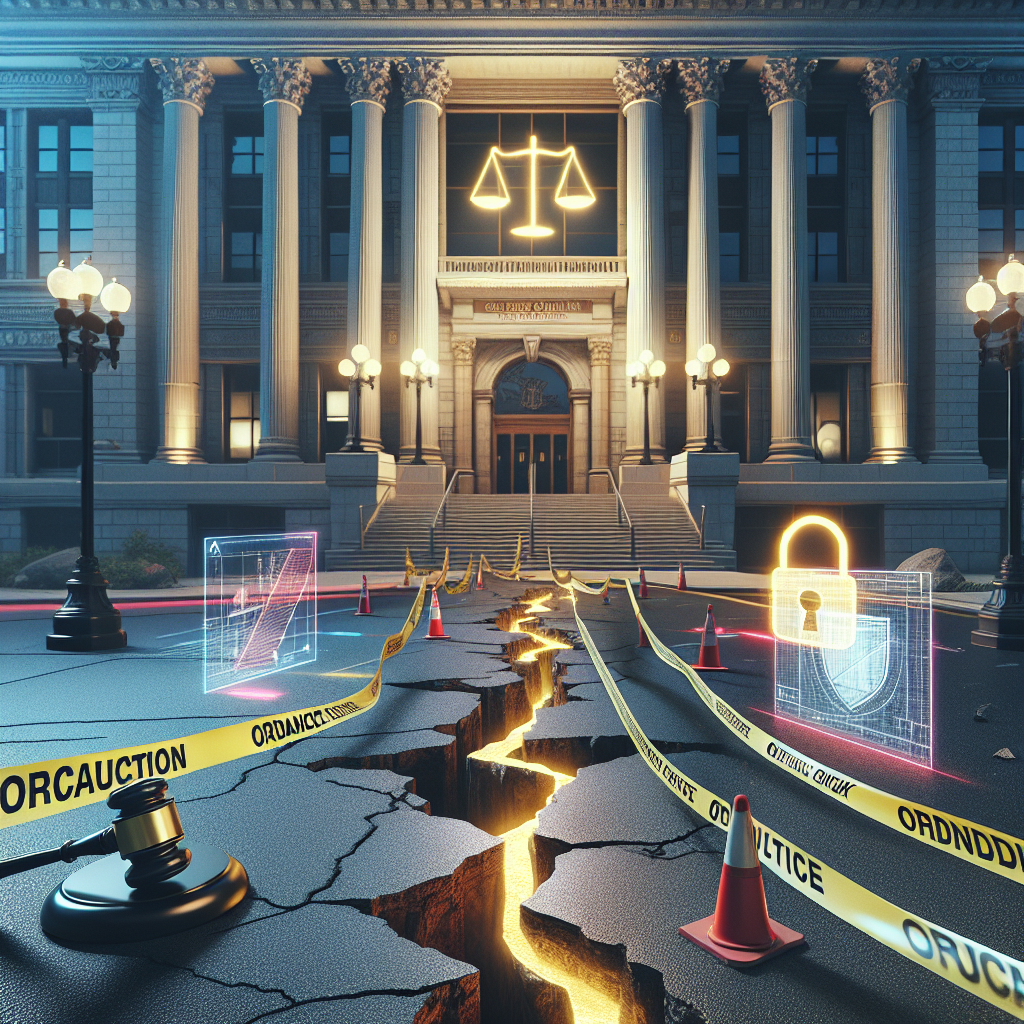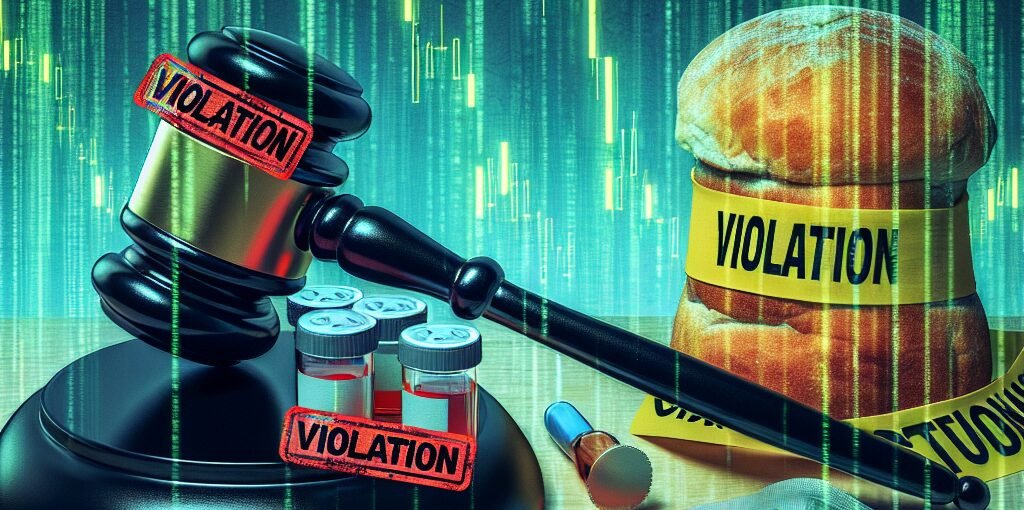In Michigan, understanding sidewalk liability and local ordinance rules is essential for property owners. These regulations determine who must maintain sidewalks and who may be held responsible if a pedestrian is injured.
Unlike some states, Michigan’s statutes do not uniformly impose sidewalk maintenance duties on private property owners. Instead, liability often arises from local ordinances adopted by individual municipalities. These rules fill gaps left by state law and set specific standards for upkeep and enforcement.
Local Ordinances vs. State Law
Municipalities in Michigan commonly enact ordinances that:
- Require property owners to repair sidewalk defects within a defined timeframe.
- Allow local authorities to issue notices or citations for noncompliance.
- Permit the city or township to perform the repairs and bill the owner if ignored.
Because ordinances vary by jurisdiction, property owners must review their city or township code to determine precise obligations and deadlines.
Property Owner Responsibilities
- Regular Inspection – Check sidewalks for cracks, uneven slabs, tree root upheaval, and other hazards.
- Respond to Notices – Address any repair orders or citations from local authorities within the time allotted.
- Professional Repairs – Hire licensed contractors to ensure work meets municipal standards and avoid future liability.
Injury Claims and Common Defenses
If a pedestrian is injured on a sidewalk, they may file a negligence claim against the property owner. To prevail, the claimant must show:
- The owner had notice (actual or constructive) of the defect.
- The owner failed to correct the hazard within a reasonable period.
- The defect directly caused the injury.
Property owners can defend claims by proving lack of notice, that repairs were underway, or that the municipality never adopted a relevant ordinance.
Key Takeaway: Property owners in Michigan should familiarize themselves with their local sidewalk ordinances, perform timely maintenance, and comply promptly with municipal notices to minimize liability and protect public safety.




